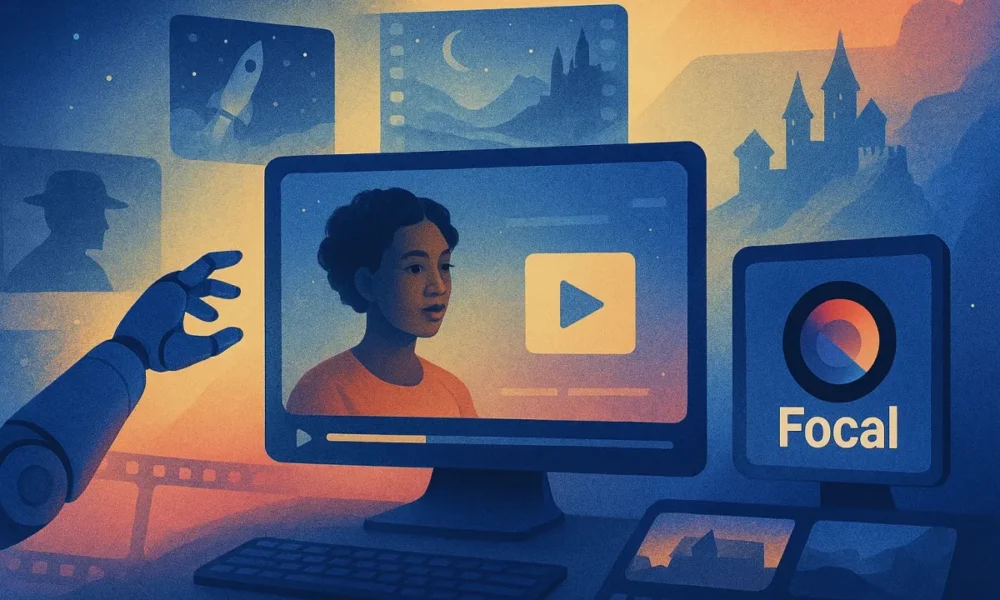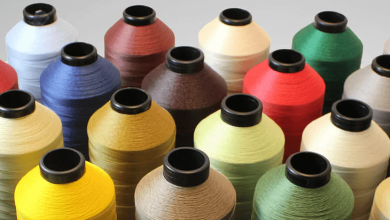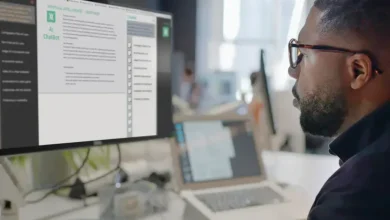How AI Video Tools Are Changing Content Creation in 2025

Creating videos used to require expensive equipment, editing software, and hours of technical work. Now, artificial intelligence is making it possible for anyone to produce professional-looking videos with just a few clicks. Whether you’re a social media manager, small business owner, or content creator, these new tools are opening doors that were previously locked behind technical barriers.
The shift isn’t just about convenience. It’s fundamentally changing how we think about video production. What once took a full production team can now be accomplished by a single person working from their laptop. Let’s explore how these tools work and what they mean for creators today.
Understanding AI Video Generation Technology
At its core, AI video generation uses machine learning models that have been trained on millions of videos. These models learn patterns about movement, lighting, transitions, and how objects behave in real-world scenarios. When you provide an input—whether that’s text, an image, or both—the AI analyzes your request and generates video frames that match your description.
The technology has improved dramatically over the past year. Early versions often produced blurry or distorted results with unnatural movements. Modern systems now create surprisingly realistic footage with smooth motion and consistent visual quality. The difference between 2023 and 2025 is night and day.
What makes this particularly exciting is the variety of models becoming available. Different AI systems excel at different tasks. Some are better at realistic human movements, while others shine when creating abstract or artistic content. Having access to multiple models means you can pick the right tool for each specific project.
Why Image to Video Tools Matter Most
Among all the AI video capabilities emerging, image to video tools represent the most practical advancement for everyday creators. Here’s why: most people already have images. You’ve got product photos, screenshots, personal pictures, or graphics you’ve designed. Turning these existing assets into engaging videos is incredibly valuable.
Think about a small business owner who has professional photos of their products. Instead of those images just sitting in a gallery, they can now become dynamic videos showing the product from different angles or in different contexts. A real estate agent can transform property photos into virtual tours. A teacher can bring historical images to life for students.
The applications go far beyond simple animations. Modern image to video tools can add realistic camera movements, change lighting conditions, extend scenes beyond the original frame, or even modify the content while maintaining the original style. You’re not just animating a still image—you’re expanding what that image can become.
Choosing Between Multiple AI Models
This is where things get interesting for serious creators. Not all AI video models perform the same way. One might excel at facial expressions and human gestures, making it perfect for character-driven content. Another might be better at landscapes and environmental effects. A third might specialize in abstract or artistic interpretations.
The challenge traditionally has been access. Many platforms lock you into a single model or require separate subscriptions for different tools. This creates a frustrating situation where you need to maintain multiple accounts and learn different interfaces just to get the best results for various projects.
Platforms like VidThis.ai solve this problem by providing access to all major models through one subscription. Instead of juggling accounts for Wan 2.5, Veo, Seedream, Sora, and others, you get everything in one place. More importantly, as new models release and older ones improve, your access automatically includes these updates. You’re never stuck working with outdated technology while better options exist elsewhere.
The Complete Toolkit: Beyond Basic Generation
Creating the initial video is just the beginning. Professional content often requires additional steps that basic generation tools don’t handle. This is where having comprehensive image to video tools becomes essential.
Video extension lets you take a short clip and make it longer while maintaining visual consistency. This is crucial when your AI generates a perfect five-second clip but you need ten seconds for your project. Without extension capabilities, you’d have to generate multiple clips and hope they match—a time-consuming and often frustrating process.
LoRA (Low-Rank Adaptation) features allow you to train the AI on specific visual styles or subjects. Want all your videos to match your brand’s aesthetic? LoRA makes that possible without starting from scratch each time. It’s the difference between generic output and content that feels distinctly yours.
Multi-image features take things even further. Instead of animating a single photo, you can provide multiple images and have the AI create transitions between them or combine elements from different sources. This opens up storytelling possibilities that single-image tools simply can’t achieve.
VidThis.ai focuses specifically on providing this complete set of image to video tools rather than just basic generation. For creators who want to produce polished, professional content, having these advanced features available matters tremendously.
Practical Applications Across Industries
The real test of any technology is whether people actually use it for meaningful work. AI video tools are passing that test across surprising industries.
Marketing teams use them to create product demos and promotional content without expensive video shoots. Instead of scheduling photographers, renting locations, and coordinating talent, they generate videos from existing product images. The time and cost savings are substantial.
Educators bring textbook images and historical photos to life, making lessons more engaging for students who grew up with video content. A static image of a historical event becomes a short animated scene that captures attention and improves retention.
Content creators on social media use these tools to maintain consistent posting schedules. When you can turn any image into video content, you’re never short on material. The barrier between having an idea and publishing content has essentially disappeared.
Even traditional industries are finding applications. Architecture firms create walkthroughs from blueprints and renderings. Museums make their archives more accessible by animating historical photographs. News organizations enhance stories by bringing archival images into motion.
Looking Forward: What Comes Next
AI video technology isn’t slowing down. We’re seeing improvements in resolution, longer video lengths, better motion consistency, and more precise control over the generation process. Models are becoming faster, producing higher quality output in less time.
The democratization of video creation is the real story here. Tools that were science fiction three years ago are now accessible to anyone with an internet connection. VidThis.ai and similar platforms are removing the technical and financial barriers that previously kept video production limited to professionals with specialized training and expensive equipment.
For creators, this means opportunity. The ability to produce video content quickly and affordably opens doors to projects that wouldn’t have been feasible before. Whether you’re building a business, growing an audience, or simply exploring creative expression, these image to video tools provide capabilities that previously required entire production teams.
The technology will continue improving, but it’s already reached a point where it’s genuinely useful for real work. That’s the threshold that matters—not perfection, but practical utility. We’ve crossed it.

Source: How AI Video Tools Are Changing Content Creation in 2025




